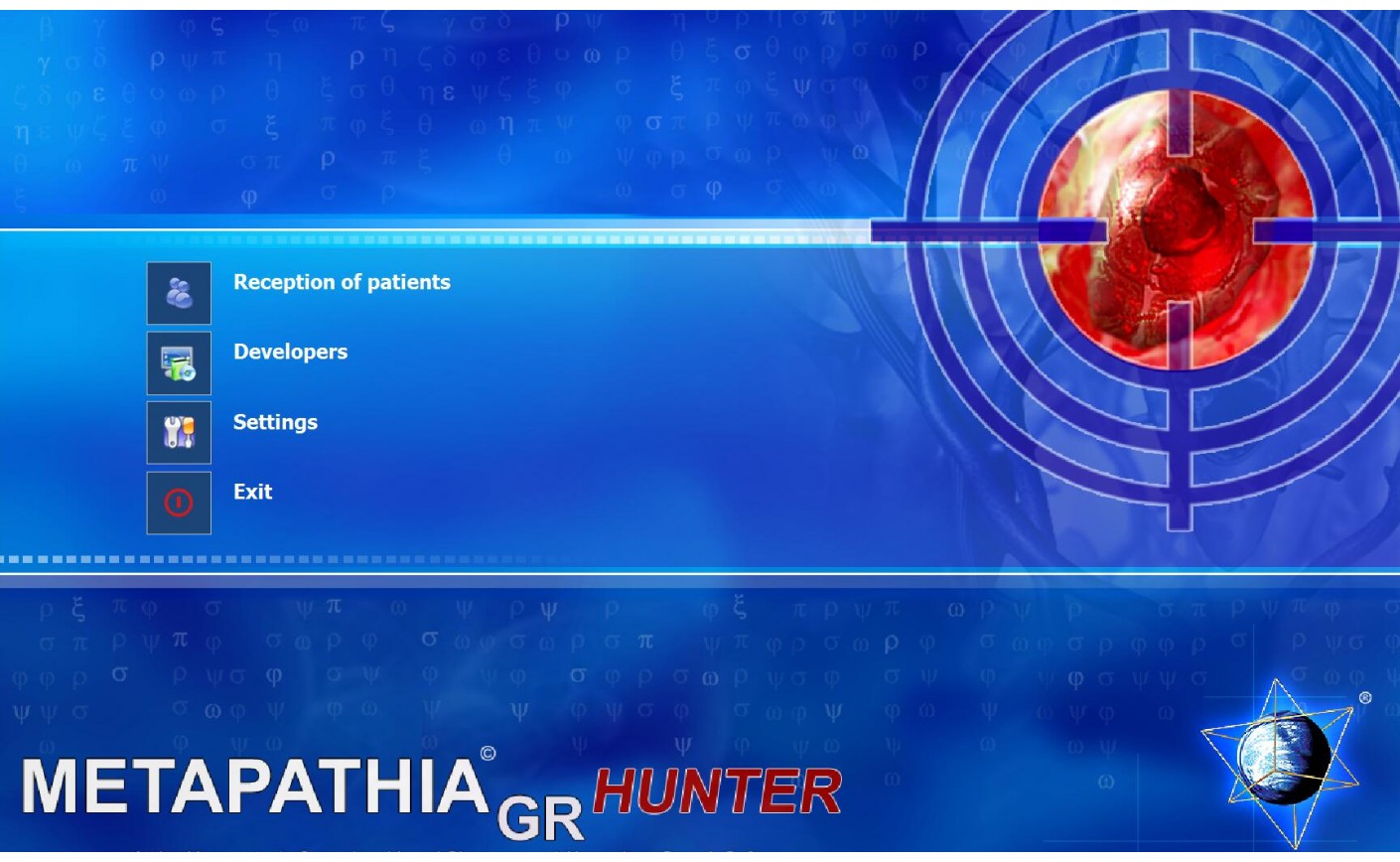Using Of NLS-researches With Metatron Hunter And MRI For Brain Tumor Diagnosis
In spite of introduction of highly information valuable and less-invasive research methods into surgical practice, evaluation of carried out surgical intervention extent in brain tumors treatment still remains an urgent issue in neurosurgery. Using of NLS-researches with metatron hunter and MRI considerably improved not only detection of brain tumor remaining masses, but also made possible to detect it with the background of post-operative edema and/or hemorrhages areas. Nowadays we speak not only about simple diagnostics, but about most early detection of incompletely removed brain neoplasms. Early diagnostics by combination of hardware diagnostic methods provides improvement of treatment results of patients suffering from brain tumors. At the present moment no one questions that if there are possible remaining brain tumor masses, NLS-research with SEA and/or MRI with contrast enhancement should be carried out. As a rule, data acquired with NLS-research and MRI is quite enough to evaluate adequacy of carried out operative intervention.
1. At edema and ischemia of perifocal brain tissue extent of carried out resection should be evaluated according to MRI data, because remaining tumor masses are diagnosed more precisely.
2. To detect remaining tumor masses with the background of post-operative hemorrhage it is preferable to use NLS-research with SEA.
3. According to results of NLS-researches and MRI in 11% of patients extent of carried out surgical intervention may be updated in comparison with intraoperative data.
4. Accuracy of NLS-research with SEA in evaluation of surgical intervention extent is 93%, accuracy of MRI ŌĆō 86%. Combined application of these methods allowed us to make more accurate diagnosis in 96% of cases.

